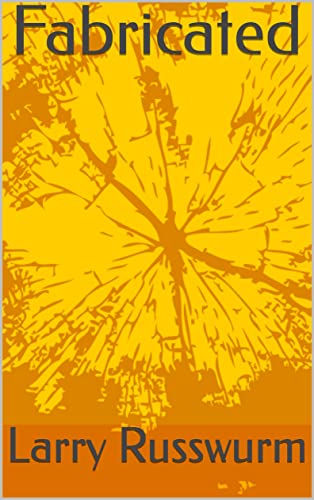Hollow Earths have been a part of science fiction ever since Jules Verne penned Journey to the Centre of the Earth. Edgar Rice Burroughs followed with his Pelucidar and Mike Grell’s comic series The Warlord occurred in a hollow earth, too. There may be other hollow earth stories I am unaware of. Regardless they all have one trait wrong. There is always normal gravity in the hollow earths, directed outwards to the closest part of the shell. This is simply wrong.
Inside a hollow sphere of homogeneous mass, there is always no gravity. Newton proved this long ago (go down for the inside the shell proof). Or at least the gravity all cancels out. Lets imagine an expedition’s descent from the outer side of the hollow sphere to the inner part of that sphere. As the descent begins the expedition finds that there is less and less gravitational force on its members.
Indeed as the expedition leader reaches the inner side of the sphere he will of course leap up from the inside of the hollow sphere in sheer jubilation. The weightless environment will not stop his motion. He will fly up, for days, straight into the mini star that exists at the centre of the earth which gives the whole interior light.
Not understanding Newton’s law of gravity, it is also likely that the expedition member will not understand Newton’s third law of motion and be able to avoid the upcoming collision.
Like Icarus he will fly too close to the “sun”. But the expedition member won’t stop at wax melting temperatures. Instead he will burn up and die before he hits the sun. But that won’t be all.
The “sun” will not be fixed in any way to the centre of the earth so the collision with the expedition member’s dead body will set the central “sun” adrift. Slowly it will move out of position. Perhaps when it collides with the shell that first time, it could be the cause of some earthquakes and volcanic activity on the surface of the earth. It will easily destroy any life on the inner shell where it collides. But it will rebound for another collision and another.
But the brave expedition members will try to undo the harm they have caused. Eventually they will set up cannons and mortars to control the “sun’s” wild ride. Eventually they will have reestablished the “sun” at the centre of the earth.
Finally the expedition will bear fruit. Who doesn’t want to live in weightlessness? Tiny wings would be enough to propel a man easily through the air. This, then, is my hollow earth. A weightless, tropical, lush world where it is always high noon. That is until another idiot dislodges the “sun” again.


Agreed, there’s no net gravity inside a hollow earth.
But the earth rotates once per day. With an inner radius of 6000 km (allowing for a crust of some 371 km), the inner circumference is about 37700 km, with a speed of 437 m/s along the equator (at the poles the inner surface merely rotates).
The centripetal acceleration is
or
437 m/s × 437 m/s
6000000 m
which is about .03 m/s2
Far less than the 9.8 m/s2 experienced on the Earth’s surface, and far less than the Moon’s gravity of 1.6 m/s2, but probably enough to hold any endogeologists to the inner surface if they don’t thrash around too much.
–Bob.
Fine. The expedition must climb down from the south pole. Which incidentally is lousy with telescopes. Apparently it’s not just the Dobsonian telescope mount thing. The south pole also has good observing conditions. So, now, I’ll take the time now to update that Amundson observatory post from a couple years ago.